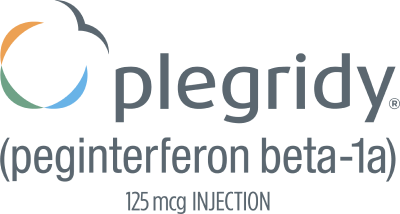Two small cohort studies that examined pregnancies exposed to interferon beta products (without differentiating between subtypes of interferon beta products) suggested that a decrease in mean birth weight may be associated with interferon beta exposure during pregnancy, but this finding was not confirmed in larger observational studies. Two small studies observed an increased prevalence of miscarriage, although the finding was only statistically significant in 1 study. Most studies enrolled patients later in pregnancy, which made it difficult to ascertain the true percentage of miscarriages. In 1 small cohort study, a significantly increased risk of preterm birth following interferon beta exposure during pregnancy was observed.
